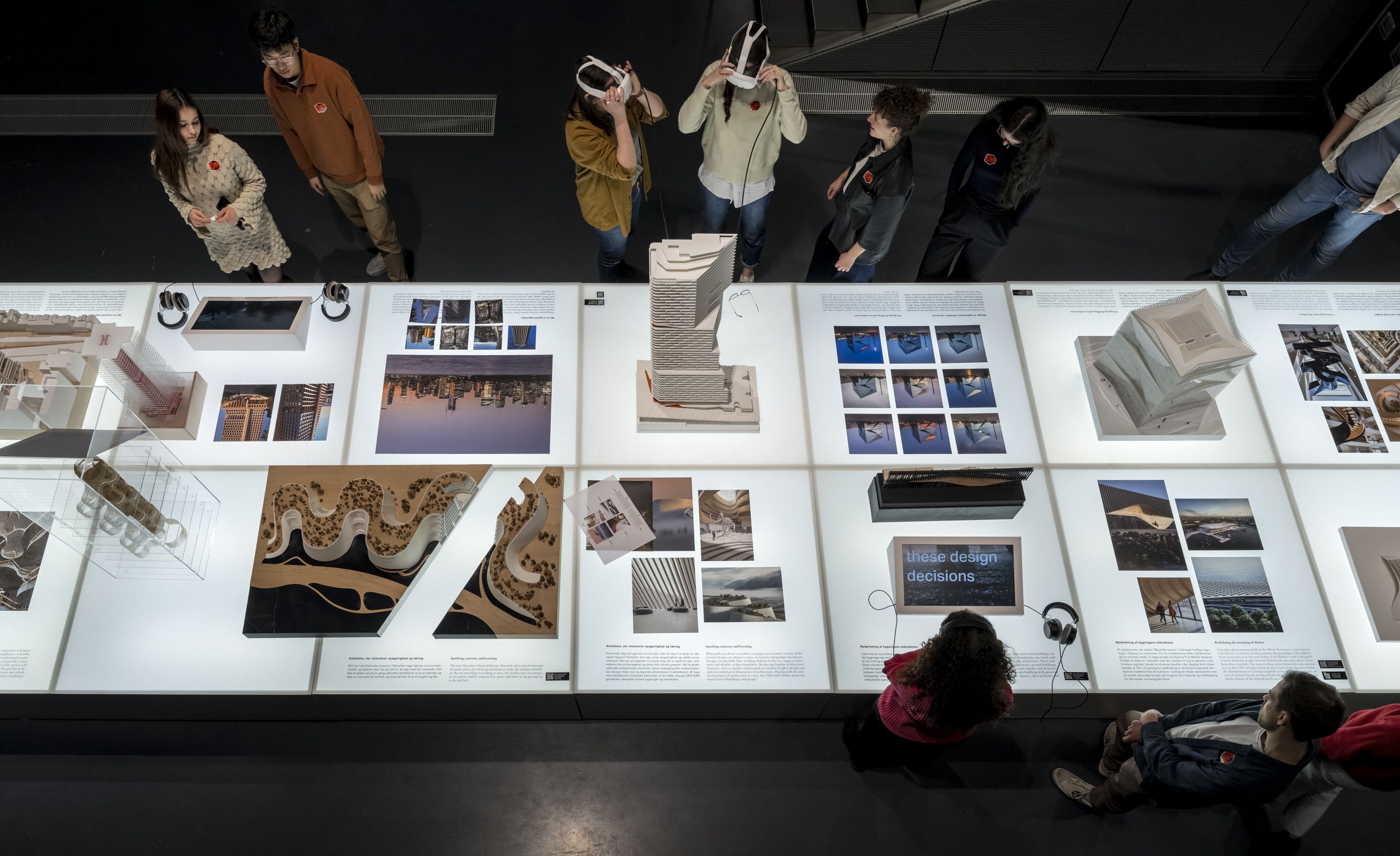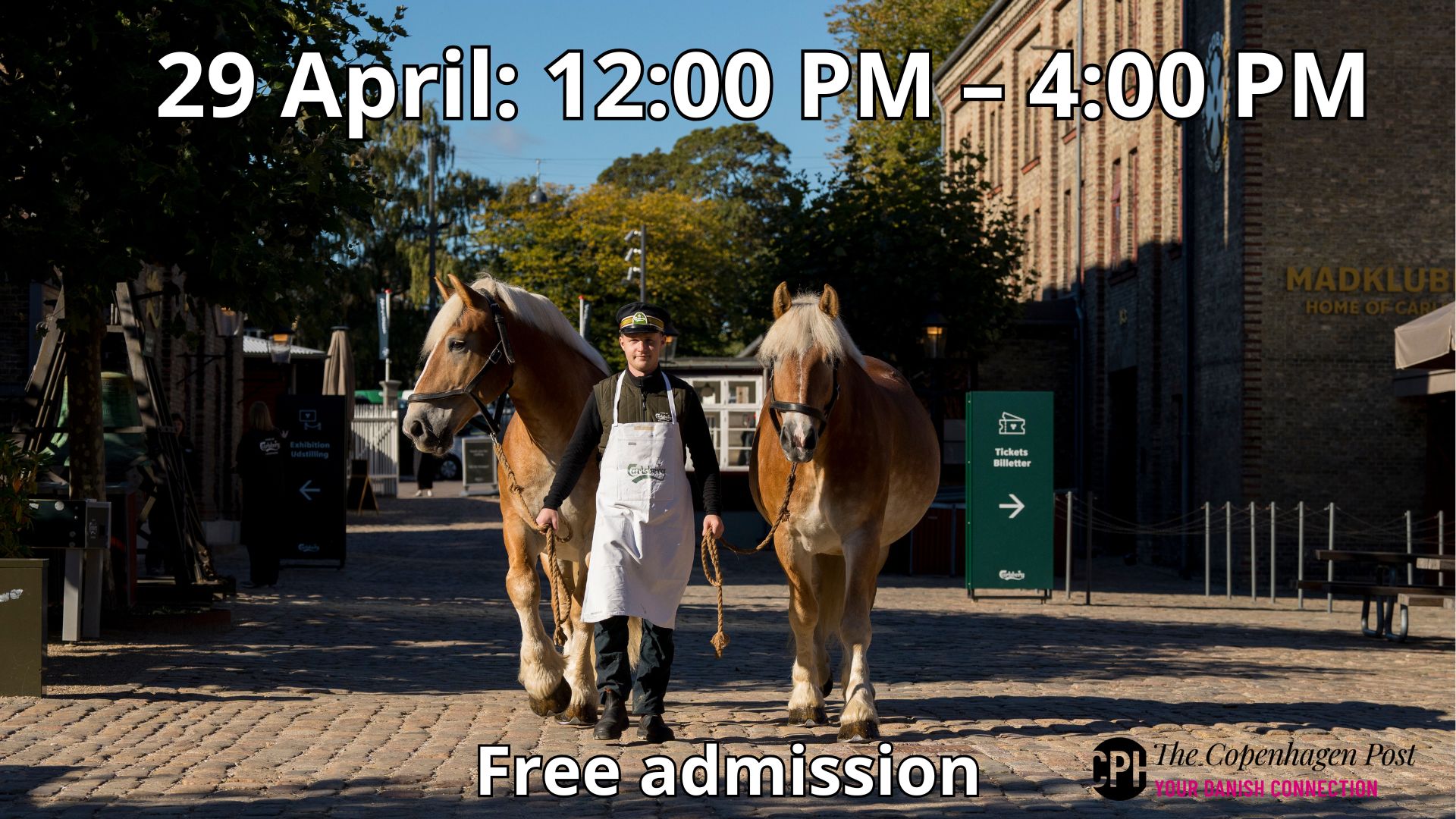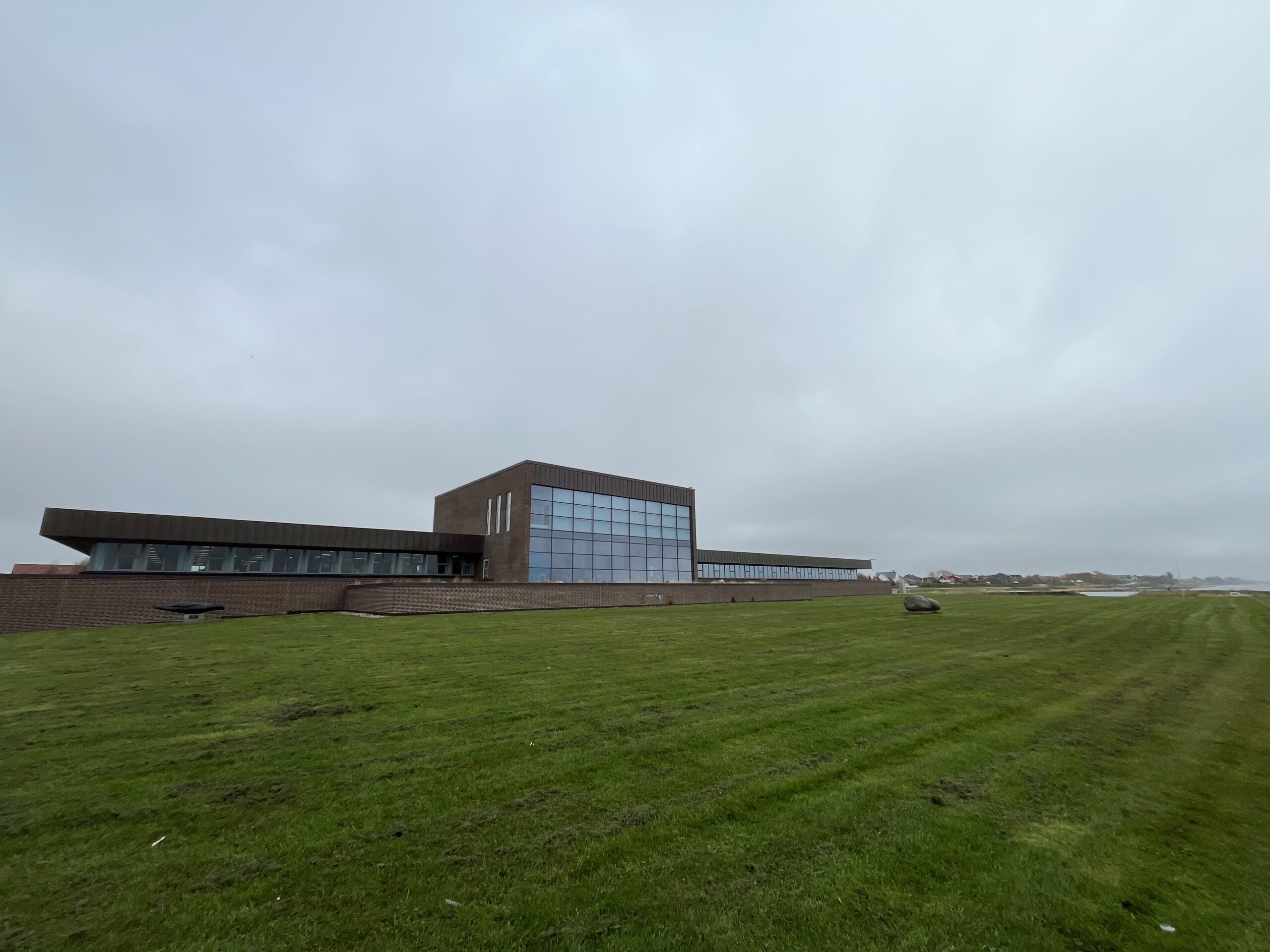The AP Møller and Chastine Mc-Kinney Møller Foundation will donate 65 million kroner to recreate an ancient Viking hall in Lejre near Roskilde at the Sagnlandet history park.
An expansion of the park will also include an activity centre called ‘The land of legends’ and will in total require 105 million kroner in investment.
The largest building from the Viking era
The donations will be spent on the reconstruction of a Viking king’s hall – the original was excavated by archaeologists from Roskilde Museum in 2009.
It is the largest building from the Viking era in Denmark: 60 metres long and 10 metres high, with a total living space of 600 sqm.
In its time – long before Harald Bluetooth brought Christianity to Denmark – the hall was considered a centre of power and a symbol of the pagan heyday.
Showing how the Vikings viewed the world
In addition to the royal hall, the ‘Land of Legends’ will include a burial mound with virtual content.
“We will not only show how the Vikings lived, how they dressed and what they ate, we will also show how they viewed the world,” Lars Holten, an archaeologist who is a member of the Sagnlandet Lejre board, told Jyllands-Posten.
“The Vikings believed in guardian spirits in the form of animals. A warrior could be a bear and a peasant could be a pig. Using smartphones and iPads, visitors can choose an identity and experience the social environment of the specific animal position in the community.”
Still lacking 40 million kroner
When the remaining 40 million kroner is obtained, the construction work will start.
Once underway, it is expected to take two and half years before it is completed.
Sagnlandet Lejre used to be known as the Lejre Experimental Center, but in 2009 changed its official name to the Centre for Historical-Archaelogical Research and Communication.
It is a popular tourist attraction with houses and settings from the Iron Age, Stone Age, Viking Age and 18th century, along with historic workshops and domestic animals.











